Montana Will Attend Pacific NorthWest Economic Region Annual Summit
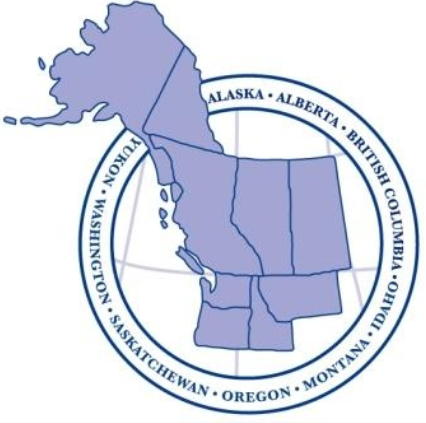
The Pacific NorthWest Economic Region (PNWER) will host a hybrid virtual/in-person Summit on July 24-28, 2022, in Calgary, Alberta. Invasive Species will be the featured topic on Tuesday, July 26th. Watch for these Montanans presenting on feral swine and aquatic invasive species:
July 26, 2022 – Transboundary Feral Swine and Invasive Species Working Group
-
9:30am-10:30am- Transboundary Feral Swine Summit, Threats of Spread
Featured speaker: Tahnee Szymanksi (Assistant State Veterinarian, MT Dept of Livestock)
-
10:45am-11:45am- Transboundary Feral Swine Summit, Prevention and Management
Featured speakers: Alan Redfield (MT Board of Livestock), Liz Lodman (MISC Coordinator, DNRC)
-
1:45pm- 3:30pm- Invasive Species: Introduction to Invasive Species Policy & Funding Models
Featured speaker: Tom Woolf (AIS Bureau Chief, MT Fish, Wildlife & Parks)
Registration information for the Summit can be found here. A discounted registration fee is available to watch just the “Transboundary Feral Swine Summit/Invasive Species” sessions on July 26th.
|
CEMIST is looking for a Program Coordinator!
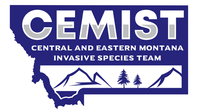
The Petroleum County Conservation District and the Central and Eastern Montana Invasive Species Team (CEMIST) are seeking a professional program coordinator.
The ideal candidate will have an understanding of communities east of the continental divide and a basic knowledge of invasive species in Montana, their treatment, and their prevention methods. The coordinator will focus on working with CEMIST members to complete a strategic plan and on education and outreach efforts. Work is based out of Winnett or Lewistown, MT.
Applications are due July 26 by 5 p.m. MST. All documents should be emailed to petroleumcd@midrivers.com.
Visit petroleumcd.com for the full job announcement or call 406-429-4832.
|
Terrestrial Invasive Species
Emerald Ash Borer Confirmed in Oregon
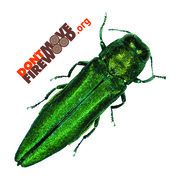
“On June 30, Dominic Maze, an invasive species biologist for the City of Portland, was waiting outside a summer camp in Forest Grove to pick up his children when he noticed several ash trees in decline. When he took a closer look he recognized the distinctive D-shaped holes made by adult emerald ash borers (EAB), an invasive and destructive pest, as they exit an infested tree.
Maze’s discovery of EAB in a parking lot in Forest Grove is the first known sighting on the West Coast.
The infested ash trees in Forest Grove were cut down and chipped within 48 hours of discovery. ODF and ODA are now working closely with industry partners, including urban foresters and nursery producers, to provide information and resources as Oregon launches a response to the discovery of EAB.” Read more here.
Emerald Ash Borer has yet to be reported in Montana.
For more Emerald Ash Borer facts and identification, please visit Montana State University Extension website or the Montana Field Guide website.
|
Montana Inspectors Stop 35th Mussel Fouled Boat
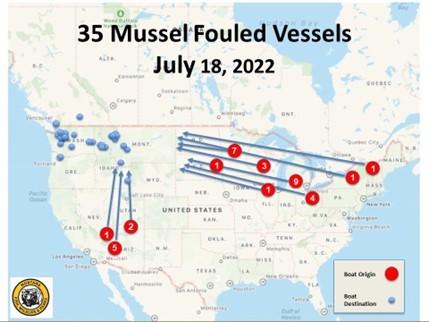
The 35th mussel fouled boat was intercepted on July 18th at the Anaconda watercraft inspection station. Inspectors found mussels on a pontoon boat traveling from Lake Havasu, AZ.
This year, over 51,000 inspections have been conducted at 22 roadside watercraft inspection stations. More than 6,000 boats were inspected over the 4th of July weekend, with many stations seeing over 100 boats per day!
A huge THANK YOU to all the inspectors around the state for your great work over the busy weekend! Detailed inspection information for each station can be found on the Watercraft Inspection Dashboard.
If you or someone you know is traveling with a boat that has been out of state, check CleanDrainDryMT.com for information.
|

South Dakota Confirms New Population of Zebra Mussels
South Dakota has confirmed a new population of zebra mussels in Pactola Reservoir, located in the Black Hills. This population is a significant jump west for mussels and exposes the Cheyenne River basin downstream to mussel expansion.
Invasive mussels are just 75 miles from the Montana border! Montana Fish, Wildlife & Parks is working closely with South Dakota and regional partners to ensure containment measures are put in place to prevent zebra mussel movement on watercraft.
Remember to always Clean, Drain, Dry boats and gear when leaving the water to prevent the spread of AIS.
If you see a suspicious aquatic organisms report it to Montana Fish, Wildlife & Parks or call 406-444-2440.
Largest-ever Mussel Infested Barge Stopped in British Columbia
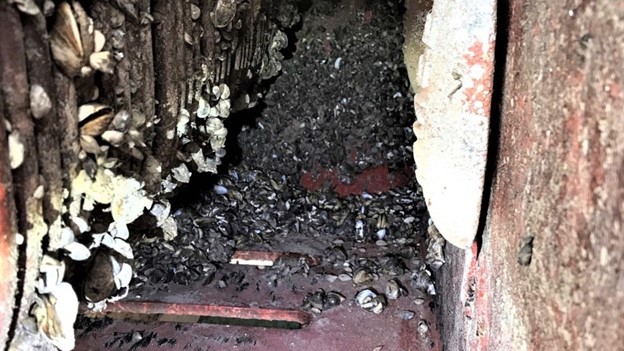 Credit for photo: Invasive zebra mussels were recently removed from a barge destined for B.C. waters. Image credit: Facebook/BC Conservation Officer Service
Recently, the Ministry of Environment said British Columbia’s (B.C.) Conservation Officer Service (COS) achieved its largest-ever invasive mussel decontamination after learning about an infested barge from Ontario heading west.
“Inspectors tracked down the trucking company and its load, a massive barge being transported in two 40-foot-long (12 meters) sections, each 10 feet (three meters) high and 10 feet wide.”
Inspectors from the Okanagan and Lower Mainland were assembled, with the ministry saying they used specialized equipment to remove thousands of invasive mussels during approximately 10 hours of work in two days.
“Many of the mussels were viable, which means they could multiply in B.C. waters if given the chance. That has yet to happen in the province,” said the ministry.
The ministry said the barge was also issued a mandatory 30-day quarantine period.
Read the full story, here!
-
July 20th, 12:00-1:00pm An Overview of Amynthas "jumping" worms: History, Identification, and Management. Register here.
Jumping worms are a group of three species that are originally from Southeastern Asia. These invaders alter soil qualities making it hospitable for some plants and animals. When they invade, they threaten the future of gardens, forests, and lawns. Learn about how to identify jumping worms and what to do prevent their spread.
-
July 21st, 2:00-3:15pm Threats to the Conservation of Native Fish in the Northwestern United States: RADical Approaches to the Intersection of Climate Change and Aquatic Invasive Species. Register here.
The webinar will showcase research on how climate change and invasive species influence the distributions of native trout as well as an introduction to the Resist-Accept-Direct or “RAD” concept and how it might apply to managing invasive species in the face of ecological transformation.
-
July 26th PNWER Transboundary Feral Swine and Invasive Species Working Group. Register here.
-
October 24th Montana Fish, Wildlife & Parks Aquatic Invasive Species Meeting in Helena. Save the date.
-
October 25th-26th Montana Invasive Species Council Summit in Helena.

-
November 7th-11th North American Invasive Species Management Association Annual Conference in Florida. Register here.
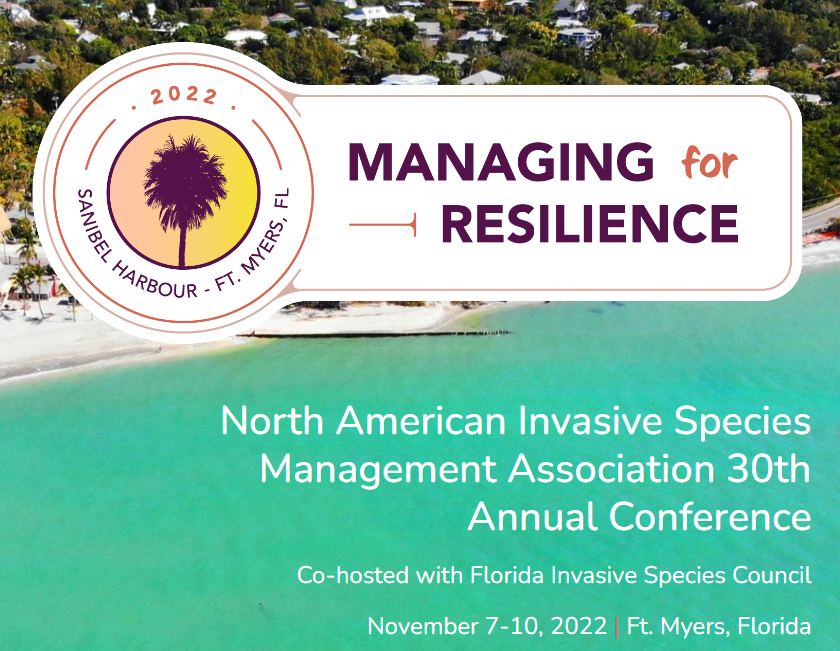
Montana Invasive Species Council
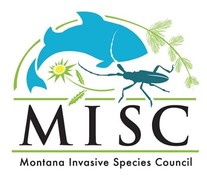
The Montana Invasive Species Council (MISC) is a statewide partnership working to protect Montana’s economy, natural resources, and public health through a coordinated approach to combat invasive species.
MISC and our partners urge all Montanans to share this information widely and take these simple measures to be informed, attentive, and accountable for preventing the spread of terrestrial and aquatic invasive species.
|
|